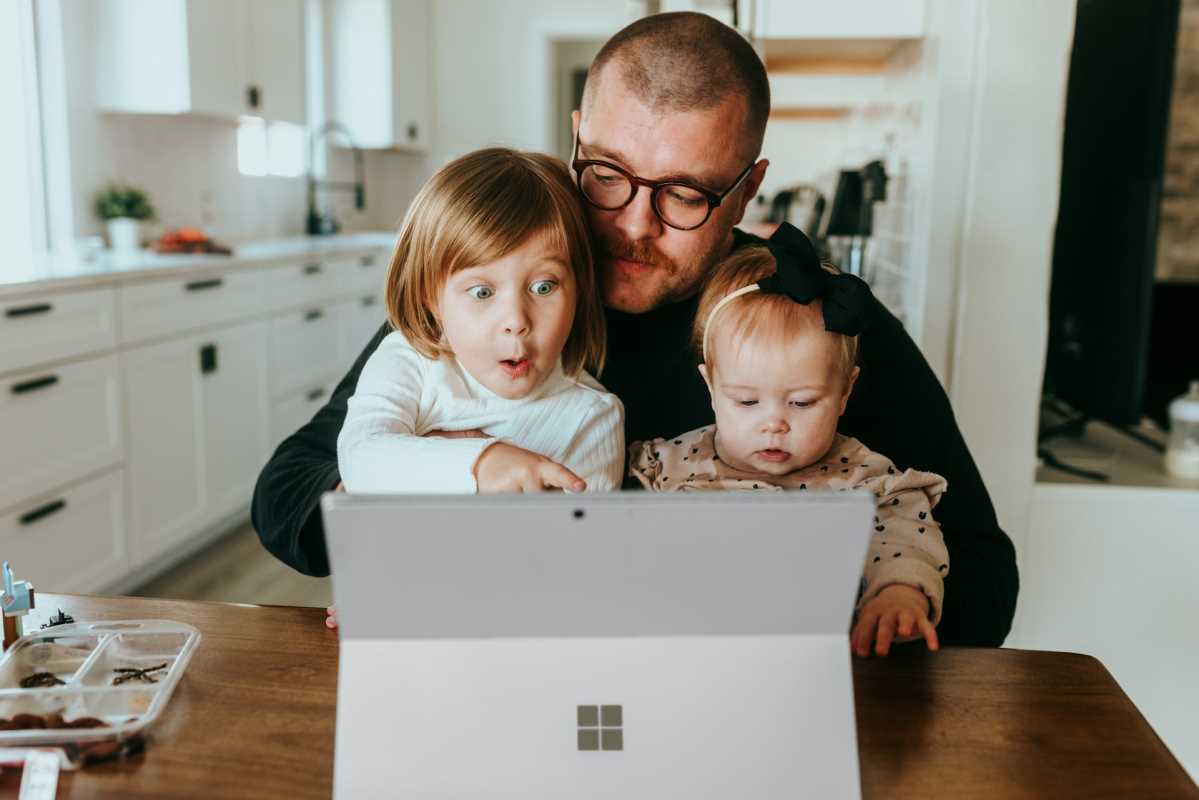The way we search for things online is changing in exciting ways. We're moving beyond typing words into a search bar and starting to use our voices and our cameras instead. Voice search lets us ask questions out loud to smart speakers and phones, while visual search allows us to use an image to find what we're looking for. Both of these technologies are reshaping how customers discover products and services. For business owners, this shift presents a new set of opportunities and questions. Understanding how each search method works is the first step. This guide is here to break down voice and visual search, explore their differences, and help you decide which one makes the most sense for your business to focus on.
What is Voice Search?
Voice search is exactly what it sounds like: using your voice to speak a query to a device instead of typing it. You do this every time you ask Siri for the weather, tell your Google Assistant to play a song, or ask Alexa to add something to your shopping list. The technology is built into smartphones, smart speakers, and even cars.
The key difference with voice search is how people phrase their questions. We tend to speak in full, natural sentences. Instead of typing "best pizza near me," you might ask, "Hey Google, what's the best pizza place that's open now?" This conversational style means businesses need to optimize their websites for longer, more question-based keywords.
How Voice Search Works
Voice search technology uses Automatic Speech Recognition (ASR) to convert your spoken words into text. Then, it uses Natural Language Processing (NLP) to understand the meaning and intent behind those words. Finally, it searches its index to find the most relevant answer and often reads it back to you. The goal is to provide a single, direct answer, which is why a lot of voice search results come from "position zero" snippets or featured snippets on Google.
Optimizing for Voice Search: Key Strategies
You can take clear, actionable steps to make your business more visible in voice search results. The focus is on providing quick, direct answers to common questions.
- Target Long-Tail and Conversational Keywords: Think about the actual questions your customers might ask. Instead of just targeting the keyword "plumber," optimize for phrases like "how to fix a leaky faucet" or "emergency plumber available on weekends."
- Focus on Local SEO: A huge portion of voice searches have local intent, like "find a coffee shop near me." Make sure your Google Business Profile is complete, accurate, and up-to-date with your address, phone number, and hours of operation.
- Create a Detailed FAQ Page: An FAQ page is a goldmine for voice search optimization. It allows you to directly answer a series of questions about your business, products, or services in a structured way that search engines love.
- Aim for Featured Snippets: Featured snippets are the boxed answers that appear at the top of Google search results. Since voice assistants often read these snippets aloud, capturing them is a huge win. You can do this by clearly and concisely answering common questions within your website content.
What is Visual Search?
Visual search allows users to search the web using an image instead of text. You can take a photo of something, upload a screenshot, or use an existing image to find visually similar items, purchase a product, or identify an object. Platforms like Pinterest (with its Lens feature) and Google (with Google Lens) are leaders in this space.
This technology is incredibly powerful for e-commerce. A user can see a pair of shoes they love on a stranger, snap a quick photo, and instantly find out where to buy them online. It removes the guesswork of trying to describe an item with words.
How Visual Search Works
Visual search uses complex computer vision and artificial intelligence to analyze an image. It identifies objects, colors, shapes, and patterns within the picture. It then compares this information to a massive database of images to find matches. The technology is becoming incredibly sophisticated, able to identify specific products, landmarks, plants, and animals with remarkable accuracy.
Optimizing for Visual Search: Key Strategies
For businesses, especially those in retail, fashion, home decor, and food, visual search is a fantastic opportunity. You have the power to make your products discoverable in a whole new way.
- Use High-Quality Images: This is the most important factor. Your product photos should be clear, well-lit, and show the item from multiple angles. The better your images, the easier it is for visual search engines to identify your products correctly.
- Implement Detailed Image SEO: Don't neglect the text associated with your images. Use descriptive file names (e.g., "blue-suede-womens-loafers.jpg" instead of "IMG_2456.jpg"). Write detailed alt text that accurately describes the image for both search engines and visually impaired users.
- Add Structured Data (Schema Markup): Schema markup is a type of code you add to your website to help search engines understand your content better. For products, you can add schema that specifies the product name, brand, price, and availability. This gives visual search engines concrete data to work with, increasing your chances of appearing in results.
- Submit an Image Sitemap: An image sitemap is a file that tells search engines where all the important images are on your site. This helps ensure that all your visual content gets indexed and can be found through visual search.
Voice vs. Visual: Which Should You Prioritize?
The best strategy for your business depends entirely on what you sell and who your customers are. It's not necessarily a choice of one over the other, but rather a decision about where to focus your primary efforts. Let's break down how to make that choice.
Prioritize Voice Search if...
- You are a local service-based business: Think plumbers, electricians, restaurants, salons, or lawyers. Customers often use voice search to find businesses "near me" or to ask quick questions like "what time does the hardware store close?"
- Your business answers a lot of questions: If you are in consulting, education, or any field where customers have a lot of "how-to" or "what-is" questions, optimizing for voice search can position you as an expert.
- You want to drive foot traffic or phone calls: Voice search is great for on-the-go queries. People looking for immediate solutions are likely to call or visit a business directly from the search results.
Prioritize Visual Search if...
- You sell physical products with a strong visual appeal: This is crucial for businesses in fashion, beauty, home goods, art, and furniture. Your customers are making purchasing decisions based on what they see.
- Your products are hard to describe with words: Imagine trying to find a specific style of patterned wallpaper or an antique chair. Visual search makes this process simple for your customers.
- You are an e-commerce brand: Visual search is fundamentally changing online shopping by creating a direct path from visual inspiration to purchase. If you sell products online, getting ahead of this trend is a smart move.
A Balanced Approach for the Future
The worlds of search are becoming more intuitive and human-like. By understanding these new technologies and making thoughtful choices about where to focus, you are empowering your business to connect with customers in more meaningful ways. You have what it takes to navigate this changing landscape and set your business up for long-term success.
 (Image via
(Image via





